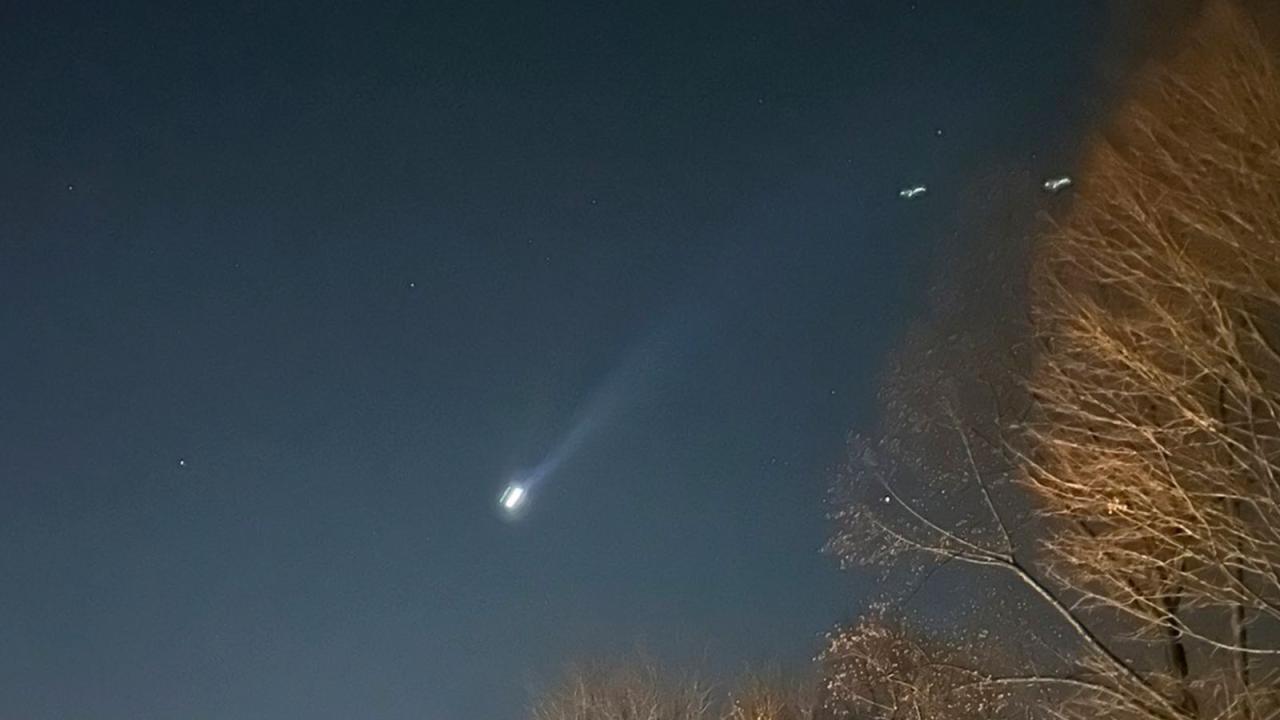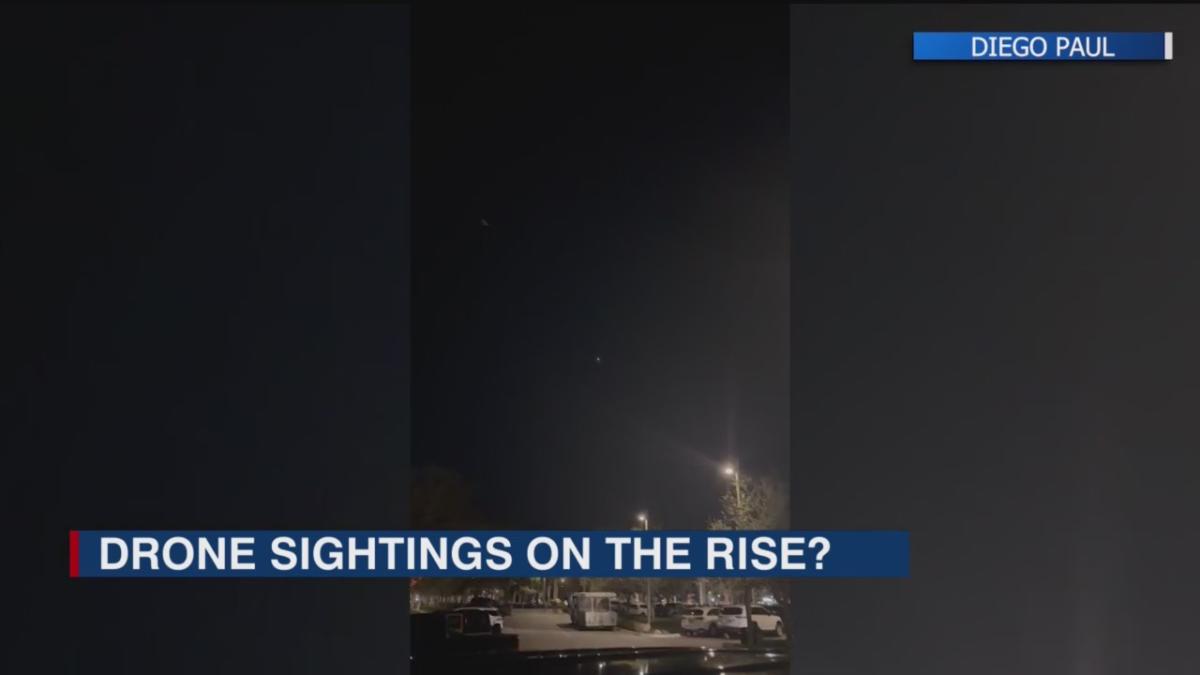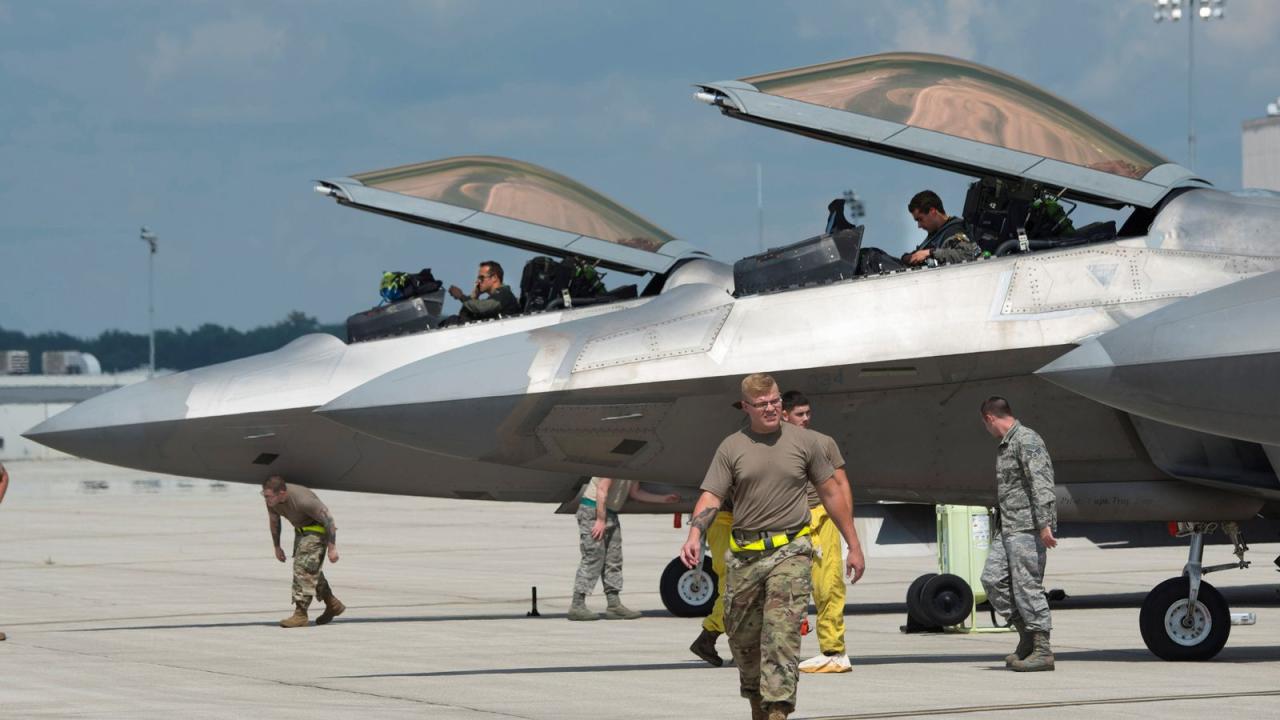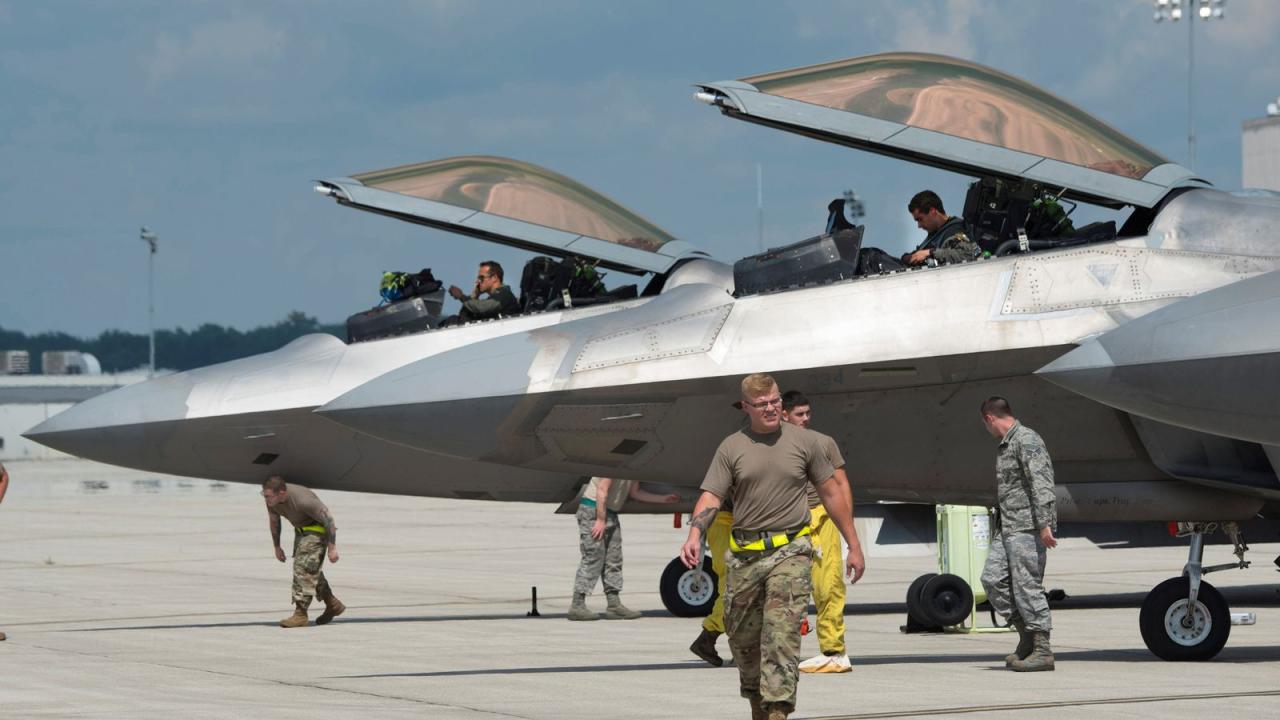Drone sightings around the world are increasing, raising concerns about safety, security, and privacy. This surge in unmanned aerial vehicle (UAV) activity spans diverse geographical locations and involves a variety of drone types, each with its own capabilities and potential uses. From legitimate applications like aerial photography and infrastructure inspections to potentially malicious activities such as surveillance and smuggling, the impact of drones on society is undeniable.
This exploration delves into the global distribution of drone sightings, the motivations behind their use, and the technological advancements aimed at mitigating risks.
We’ll examine the different types of drones involved, their technological capabilities, and the varied reasons behind their deployment. We’ll also discuss the impact of drone sightings on various aspects of society, from public safety and national security to economic implications and public perception. Finally, we’ll look at the latest advancements in drone detection and countermeasures, as well as predictions for the future of this rapidly evolving technology.
Geographic Distribution of Drone Sightings
Drone sightings are not uniformly distributed across the globe. Factors such as population density, regulatory environments, and the availability of drone technology significantly influence sighting frequency. A global heatmap would visually represent this distribution, with darker shades indicating higher sighting frequency. Areas with strong drone industries or lax regulations would likely show higher concentrations.
Global Drone Sighting Frequency
A world map illustrating drone sighting frequency would reveal hotspots concentrated in highly populated regions and areas with significant commercial drone activity. For example, North America, Europe, and parts of Asia would likely show higher frequencies due to factors like advanced drone technology adoption, extensive commercial applications, and relatively high population densities. Conversely, less developed or remote regions would exhibit lower frequencies.
Top Three Countries with Highest Drone Sightings
While precise global data on drone sightings is difficult to obtain due to inconsistent reporting, hypothetically, the United States, China, and possibly Germany might rank among the top three countries with the highest reported drone sightings. In the US, this is driven by a large civilian drone market and diverse applications, while China’s high population density and burgeoning drone industry contribute to its high numbers.
Germany’s strong commercial drone sector and relatively permissive regulatory environment could also contribute.
Drone Types in Urban vs. Rural Areas
The types of drones frequently sighted differ between urban and rural settings. Urban areas tend to see more consumer drones used for recreational purposes, alongside smaller commercial drones for deliveries or inspections. Rural areas, however, might see a higher proportion of larger commercial or agricultural drones due to the open spaces and their use in farming or surveying.
Regional Drone Sighting Breakdown
| Region | Number of Sightings | Dominant Drone Type | Potential Reasons for Sightings |
|---|---|---|---|
| North America | High | Consumer & Commercial | Large civilian market, diverse applications |
| Europe | High | Commercial & Industrial | Strong commercial drone sector, infrastructure inspections |
| East Asia | High | Consumer & Commercial | High population density, growing drone industry |
| Sub-Saharan Africa | Low | Limited Data | Lower drone adoption rate, limited infrastructure |
Types of Drones Involved in Sightings: Drone Sightings Around The World
Drone sightings involve a variety of drone types, each with unique capabilities and applications. Categorizing them helps understand the overall landscape of drone activity.
Drone Type Categorization and Percentage Breakdown
Hypothetically, a breakdown might show consumer drones accounting for approximately 40% of sightings, commercial drones for 35%, and military or government drones for 25%. This is a rough estimate, and the actual proportions would vary significantly depending on the region and data source.
Technological Capabilities of Drone Types

Consumer drones generally offer basic features like GPS navigation, camera capabilities, and simple flight controls. Commercial drones often incorporate advanced sensors (thermal, LiDAR), higher payload capacities, and more sophisticated flight autonomy features. Military drones, on the other hand, possess advanced surveillance, communication, and even offensive capabilities.
Flight Characteristics and Operational Ranges
Consumer drones typically have shorter flight times and ranges compared to commercial or military drones. Commercial drones often boast longer flight durations and increased ranges to cover larger areas. Military drones can maintain flight for extended periods and operate across vast distances, often supported by ground control stations.
Typical Drone Payloads
- Consumer: Cameras, small sensors
- Commercial: Cameras, LiDAR, thermal sensors, packages
- Military: High-resolution cameras, sensors, communication equipment, weaponry (in some cases)
Motivations Behind Drone Sightings

The reasons behind drone operation span a wide spectrum, ranging from legitimate uses to potentially malicious activities. Understanding these motivations is crucial for effective regulation and security measures.
Legitimate and Malicious Drone Usage
Legitimate uses include aerial photography, infrastructure inspection, precision agriculture, search and rescue operations, and delivery services. Malicious uses, however, include smuggling contraband, surveillance without consent, targeted attacks, and disruption of critical infrastructure.
Examples of Legitimate Drone Use
- Real estate photography
- Bridge inspections
- Crop monitoring
- Emergency response
Examples of Malicious Drone Use
- Drug smuggling across borders
- Unauthorized surveillance of private property
- Attempts to disrupt airport operations
Cases of Drone Misuse and Consequences, Drone sightings around the world
Several incidents highlight the potential dangers of drone misuse. For example, drones have been used to smuggle drugs into prisons, resulting in security breaches and potential harm. Attempts to interfere with airport operations have caused flight delays and raised safety concerns.
Impact of Drone Sightings on Society
The proliferation of drones has far-reaching implications for various aspects of society, including public safety, national security, and the economy.
Impact on Public Safety and National Security
Unauthorized drone activity poses risks to public safety, particularly near airports or crowded events. The potential for drones to be weaponized or used for surveillance raises national security concerns.
Economic Implications of Drone Use and Misuse
The commercial drone industry contributes significantly to the economy through various applications. However, misuse can lead to economic losses due to damage, disruption, and the costs associated with countermeasures.
Regulatory Responses to Increasing Drone Sightings
Governments worldwide are implementing regulations to manage drone operations, including registration requirements, airspace restrictions, and licensing schemes. These regulations aim to balance the benefits of drone technology with the need to ensure safety and security.
Influence on Public Perception and Attitudes
Public perception of drones is evolving. While many see the benefits of drone technology, concerns about privacy, security, and potential misuse remain.
Technological Advancements and Countermeasures
Technological advancements are crucial in both the development of drones and the creation of countermeasures to mitigate potential risks.
Advancements in Drone Detection and Countermeasures
Recent years have seen significant progress in drone detection technologies, including radar systems, acoustic sensors, and AI-powered visual detection systems. Countermeasures range from jamming signals to deploying nets or other physical interception methods.
Effectiveness of Current Counter-Drone Technologies
The effectiveness of current counter-drone technologies varies depending on factors like the type of drone, its range, and the environment. While some systems are effective against smaller, consumer-grade drones, others are needed to counter more sophisticated models.
Comparison of Counter-Drone Technologies
Different counter-drone technologies have their strengths and weaknesses. For example, jamming systems can be effective but may also interfere with other radio frequencies. Net-based systems can physically capture drones but may not be suitable for all environments.
Drone Detection System Features
| System | Capabilities | Limitations |
|---|---|---|
| Radar | Long-range detection, ability to penetrate obstacles | Susceptible to interference, may not identify smaller drones |
| Acoustic Sensors | Precise location of drones, relatively low cost | Limited range, affected by environmental noise |
| AI-powered Visual Systems | High accuracy in drone identification, ability to analyze drone behavior | Requires clear line of sight, computationally intensive |
Future Trends and Predictions
The future of drone technology and its impact on society are subject to ongoing advancements and evolving regulations.
Anticipated Future Trends in Drone Technology
We can expect further miniaturization, increased autonomy, enhanced sensor capabilities, and improved battery technology in drones. AI will play an increasingly important role in drone navigation, control, and data analysis.
Potential Challenges and Opportunities
The increasing use of drones presents both challenges and opportunities. Challenges include ensuring safe and secure airspace, addressing privacy concerns, and managing potential misuse. Opportunities lie in the economic growth and societal benefits that drones can bring.
Predictions about the Future Regulatory Landscape
We can anticipate a more sophisticated and nuanced regulatory framework for drones, potentially incorporating risk-based approaches, geofencing, and advanced communication protocols. International collaboration on drone regulations will be increasingly important.
Influence of Technological Advancements on Detection and Prevention
Technological advancements will likely lead to more effective and less intrusive drone detection and prevention systems. AI-powered systems, improved sensor technologies, and advanced countermeasures will play a significant role.
Final Summary

The global rise in drone sightings presents a complex challenge demanding a multifaceted approach. Understanding the diverse motivations behind drone use, coupled with advancements in detection and counter-drone technologies, is crucial for addressing both the benefits and risks associated with this technology. As drones become increasingly sophisticated and prevalent, continued research, international collaboration, and robust regulatory frameworks will be essential to ensuring responsible and safe integration of drones into our airspace and society.
Top FAQs
What are the most common types of drones sighted?
Consumer drones are frequently sighted, followed by commercial drones used for photography, videography, and delivery. Military drones are less frequently reported publicly, but their presence is significant in certain regions.
How accurate are drone detection systems?
Accuracy varies depending on the system and environmental conditions. Factors like weather, terrain, and drone type can affect detection range and reliability. Many systems require a combination of technologies for optimal performance.
Drone sightings are becoming increasingly common worldwide, raising concerns about privacy and security. To understand the implications, we need reliable information; sometimes, even checking if basic services like ChatGPT are operational is crucial – you can check here if is chatgpt down before you analyze that data. The rise in drone use highlights the need for clear regulations and public awareness to address the potential risks associated with this technology.
What are the legal implications of flying a drone?
Drone regulations vary significantly by country and region. It’s crucial to research and comply with local laws concerning drone registration, licensing, flight restrictions, and airspace limitations before operating a drone.
Drone sightings are on the rise globally, sparking concerns about privacy and security. If you’re curious about words related to aerial technology, check out this list of 6 letter words starting with “ai”: 6 letter words starting with ai. Understanding the terminology helps in deciphering news reports about these increasingly common drone observations around the world, from rural areas to major cities.
Are there international agreements regarding drone use?
With drone sightings increasing globally, from hobbyists’ casual flights to potential security concerns, it’s a good time to consider upgrading your own equipment. Check out these amazing drone deals to find the perfect model for your needs, whether you’re a seasoned pro or just starting out. Knowing the capabilities of your drone can help you understand the growing number of sightings and the implications of their use.
While no single, universally binding international agreement governs all aspects of drone use, various international organizations and treaties address specific issues, such as airspace safety and the use of drones in conflict zones. International cooperation is ongoing to develop more comprehensive frameworks.
